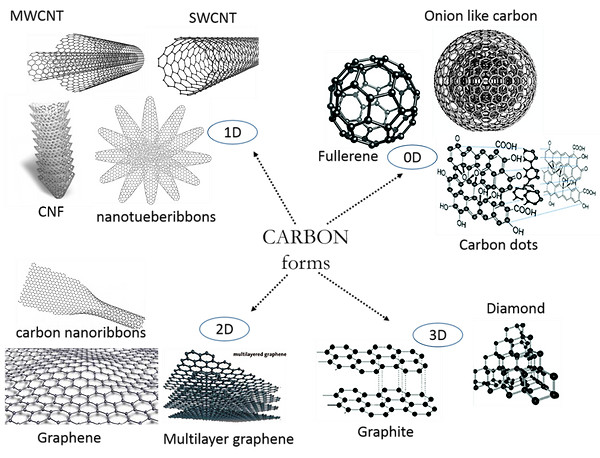Email: info@karssenmetal.com Tel: +86 18147353336

1. Conductivity: Among non-metallic materials, carbon-graphite materials are good conductors of electricity, and graphite materials are basically the best conductors of non-metallic materials.
2. Thermal conductivity: The thermal conductivity of graphite material is good, which is 3-4 times that of steel (normal temperature) and 1/2-1/3 of copper.
3. Heat resistance: it does not melt under normal pressure, sublimates into carbon vapor at temperatures above 3500°C, is not easy to soften and deform at high temperature, has no conversion process from solid to liquid, and has excellent thermal shock resistance and rapid cooling and rapid heating resistance .
4. Corrosion resistance: excellent, acid and alkali corrosion resistance under normal temperature and pressure, and molten metal is difficult to wet.
5. High high temperature strength: the strength at room temperature is 1/20-1/30 of steel, but it increases with the rise of temperature before 2500 °C (strength at 2500 °C is twice as the normal temperature value) and Does not soften.
6. Lubricity: Graphite material has good lubricity and anti-friction properties.
7. Thermal expansion: The thermal expansion coefficient is small, only about 1/6 of that of steel and about 2/3-3/4 of that of refractory bricks. The physical size of carbon-graphite materials changes little at high temperatures.
8. Hardness: The graphite material is soft, the Mohs hardness is 2-3, the Shore hardness is 20-70, and the hardness of the graphite material can be designed and adjusted according to the different use environments.
9. Density: light weight, the bulk density is usually in the range of 1.4-1.8g/cm3, the lowest is 0.8g/cm3, the highest is 1.95g/cm3, which is 1/4-1/5 of steel and 2/3 -3/4 of refractory brick. It is a lightweight material.
10. Machinability: Graphite materials are easy to machine, can be precision machined, and can be machined into various complex shapes.
11. Purity: The ash content of graphite materials is usually 0.01-0.3%, which is easy to be refined to achieve high purity (ash content below 10ppm). This property is beneficial for applications in the semiconductor industry.
12. Nuclear physical properties: graphite material has a large scattering cross section for neutrons, a small absorption cross section, and can withstand the bombardment of fast neutrons and other high-energy particles for a long time with little change. Good chemical stability, no chemical reaction with substances in the fission zone. And the production cost is low, so it can be used as a deceleration material for nuclear reactors.
13. Biocompatibility: The biocompatibility of carbon material is very good, and it can be used as a patch material for the human body.
It can be seen from the above. Carbon materials are similar to metal materials in terms of electrical conductivity and thermal conductivity, and have commonalities with ceramic materials in terms of heat resistance and corrosion resistance, and are similar to organic polymer materials in terms of light weight, reducibility and molecular structure diversity. This shows that the carbon material has the characteristics of three solid materials of metal, ceramic and organic polymer. And it has other properties that cannot be replaced by other materials, such as high elastic modulus, high specific strength, large shock absorption rate, good biocompatibility, self-lubrication and neutron deceleration ability.
Isostatic graphite blocks are an important graph
Graphite rotor belongs to graphite material, whi
Graphite sheets have many important roles in the
Contact: Bateer
Phone: +86 18147353336
Tel: +86 18147353336
Email: info@karssenmetal.com
Add: Room D204-2203, Innovation Building, Baotou Light Industry Vocational Technical College, 19 Jianhua Road, Qingshan District, Baotou City, Inner Mongolia, China.